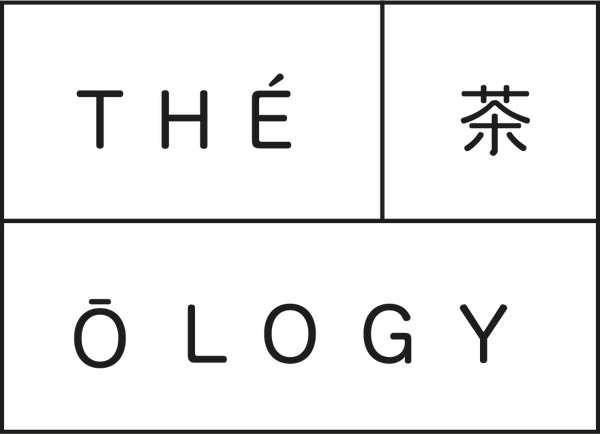The Tea Ceremony in the Digital Age: A Renewed Ancestral Art
In a world where everyone has a smartphone and internet access, allowing for constant connection but also a source of incessant distractions, the ancient art of the Japanese tea ceremony is being revealed in a new light. Long perceived as rigid and elitist due to its many rules, a symbol of the oppression felt by young Japanese, this tradition is now regaining popularity, including among the youngest.

This rebirth is illustrated in the film “Every Day a Good Day” by director Tatsushi Omori, adapted from the autobiography of Noriko Morishita. Noriko, then a student, looking for something to do in her free time, turns to the tea ceremony at the suggestion of her mother. She then takes lessons from Madame Takeda (played by popular actress Kirin Kiki in her last on-screen appearance before her death in September 2018) and overcomes her initial reservations, allowing herself to be swept away by the temporality of the ceremony.
Cha-no-yu, its alternative name literally translating to “hot tea water,” has been embedded in Japanese culture since its emergence with the spread of Zen Buddhism in the 9th century. Originating from religion, this matcha-centered ritual wasn't always synonymous with ritual or held sacred status. On the contrary, in the 13th century, when cha-no-yu was adopted by the warrior caste, it was primarily about sharing a moment with friends. One lord even held a tea ceremony lasting nearly ten days, like a grand festival.
These excesses led some lords to establish guidelines for the practice of cha-no-yu and give it the form we know today, codified by Sen-no-Rikyu (1520-1591), Japan's most famous tea master. His descendants then created the three schools of cha-no-yu practice that persist today: the Omotesenke, Urasenke, and Mushanokoji-senke families. For those interested in learning more about the codes of the tea ceremony and the various instruments required, Kakuzo Okakura compiled all the necessary information in “The Book of Tea,” published in English in 1906 and which has remained the authority on the subject ever since.
The true essence of the tea ceremony, however, lies beyond the rules. In their book “Japanese Civilization,” historians Danielle and Vadim Elisseeff write: “Cha-no-yu involves enjoying together the joys of quiet contemplation and appreciating the products of a refined art. The setting, the everyday objects, the gestures of the person preparing the tea—all should serve to transport the participants away from the difficulties of this world and elevate them to the pure joy of aesthetic contemplation.” 
This joy is reflected in the film “Every Day a Good Day,” where the sounds of nature, whether flowing water or rustling leaves, predominate, with no soundtrack to distract the viewer. Its sobriety and restraint allow the viewer to contemplate the narrative, marked by no spectacular action, but where the precise, repeatedly repeated gestures of the tea ceremony encourage us to slow down, disconnect, and put things into perspective.
